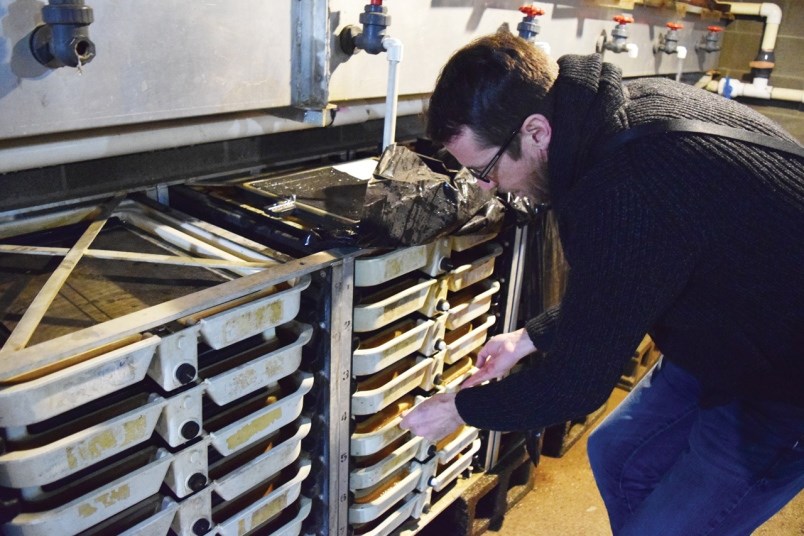Councillors in Sechelt are askingthe finance department to look into ways to provide more funding for the Sunshine Coast Salmonid Enhancement Society’s Chapman Creek Hatchery.
In July the Society was awarded a $40,000 Community Forest Legacy Fund grant, and the committee that makes grant recommendations also proposed an additional $50,000 be drawn from Community Forest reserves to support the society’s plan to drill a pair of wells to provide fresh water for the facility.
The wells, which at this stage would be test wells, are estimated to cost around $90,000, while bringing them into production could be as high as $200,000.
Councillors put a decision on the extra $50,000 on hold, saying they wanted more information about the project and the available Community Forest reserves.
A report presented to council before the August break showed the Long Term Legacy Program has an available balance of $1,149,725.55 and the Community Forest Dividend Reserve has $20,628.66 available, but that no further dividends are expected this year because the Community Forest will not be harvesting timber in 2020.
On Sept. 9, Salmonid Enhancement Society treasurer Stephen Boale and executive director and hatchery manager Simon Grant appeared before council’s committee of the whole to offer details of the project and make a pitch for the additional funding.
“We cannot stress enough to the council, mayor and the community the benefits to the Sunshine Coast of having a hatchery,” Boale said, adding that the hatchery’s work cannot continue without access to a backup water source.
Boale said having two producing wells on the hatchery property, something Boale and Grant said most other hatcheries already have, would allow them to supplement water from Chapman Creek during low-flow periods like summer droughts as well as regulate the water temperature, which needs to be cooled in the summer and warmed in the winter.
Grant also told the committee that even with the wells as backup, the hatchery will need to draw some water from Chapman Creek to give the salmon a “signature scent” for their return to spawn.
Grant said for the hatchery to operate as set up now they need a minimum flow down Chapman Creek, which hasn’t been met in recent years because of drought conditions, and the Sunshine Coast Regional District is looking at reducing the summer flow even further in the future to hold water back for its Chapman Creek system.
Issues with low flow and warm water temperatures forced the hatchery to send its coho salmon to North Vancouver’s Capilano Hatchery in 2019 and to release this year’s coho a year early.
The plan for the fish that hatch this fall is to take them to Howe Sound Pulp and Paper in Port Mellon, which is helping the society to install a pair of tanks.
“This is just purely temporary, to get us through next summer,” Grant said. “After that, we’ve been instructed by the Department of Fisheries [and Oceans] that if the water situation for the coho is not resolved, the production targets are going to be decreased. Right now we have a production target for 50,000 coho that will potentially be dropped down to less than 10,000.”
Grant said the impact of only being able to raise and release 10,000 coho would have a significant impact on the local economy and sport fishing.
The wells are part of what the Salmonid Enchancement Society describes as “a multi-year plan for safety and operational upgrades to the hatchery as a way to extend our fish production, community engagement, local tourism, and educational programs.”
The group is also seeking funding from the federal and provincial governments, the Pacific Salmon Foundation and private donors.
But Boale said getting those commitments could depend on having a reliable backup water source.
“Until we get the water issue sorted out, there is some reluctance by donors, by sponsors, by anyone to step up big,” he said. “So that’s why it takes governments at all levels to really be behind this.”
The committee voted to recommend staff explore options for providing the extra $50,000 the society is looking for, but did not make any commitment to having the funding in place before the next fiscal year.



